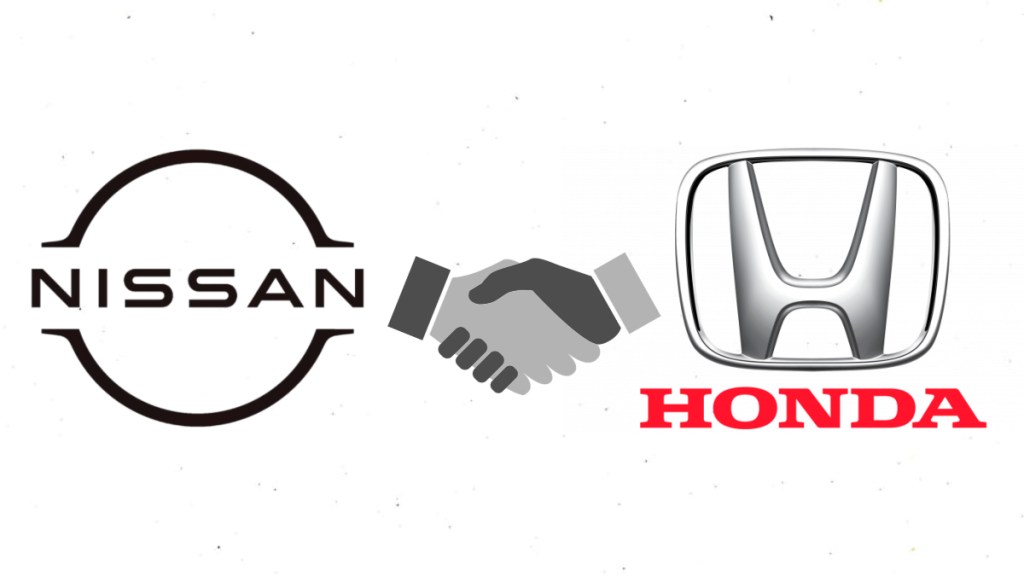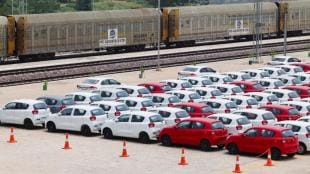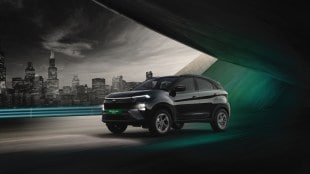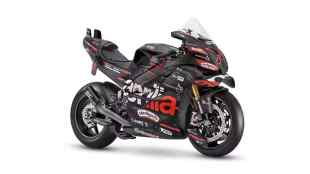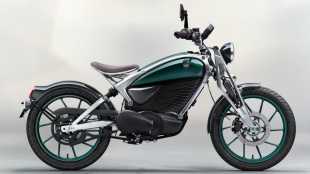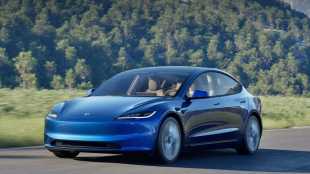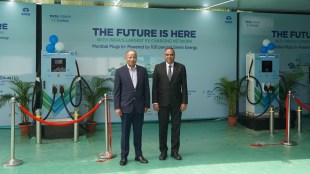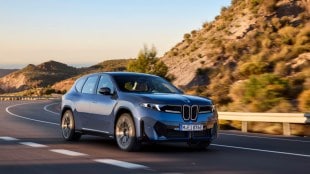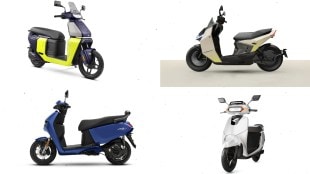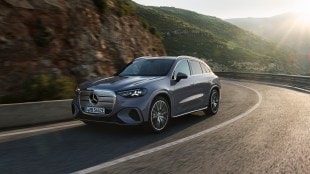Will they, won’t they? This question has been lingering for some time about whether Nissan and Honda will combine forces. To make it clear, the two Japanese automobile giants have decided to co-develop a software platform for EVs; this is not a merger. Nikkei Asia reports that this will help both the companies to build a strong presence in the connected mobility segment, which is ruled by the Chinese automobile companies.
What to expect from the Honda-Nissan alliance?
In the electric vehicle segment, Japanese companies have been slow to react to change. Nissan was one of the pioneers in this sector with the Leaf, which made its debut in 2010, but the company wasn’t able to keep up with the new EV companies in terms of power, technology and features. Hence, to compete against Chinese EV makers like BYD, the two companies have decided to focus on new software platforms for next-generation electric vehicles. Even though the two companies will also focus on standardising crucial parts like electric motors and find a solution for the recent rare earth magnets shortage, the software will aim to improve the performance and offer the latest features.
Honda and Nissan individually have been investing heavily in their next-generation EV platform, but now they will look to collaborate and create a customisable architecture for Apple and Android operating systems.
Another way to keep costs under check, Honda will begin gigacasting, which is a new technique where large parts of the vehicle are made of massive high-pressure die-casting machines. According to Nikkei Asia, the process will start in 2026, and Nissan will commence this in 2027.
Also with an eye to keeping production costs down, Honda is introducing gigacasting — a form of aluminium die-casting that produces large body parts — from 2026. Nissan will also start using gigacasting in certain models from fiscal 2027.
Why did merger talks fail?
It’s been quite a turbulent time for Nissan. Starting with announcing a $4.5 billion loss, the company’s biggest year loss reported for 2025, to systematically laying off employees. Earlier this year, there was a glimmer of hope for Nissan as there were merger talks with Honda, and if it had gone through, they would have become the third-largest automobile company after Toyota and Volkswagen.
The two Japanese companies were about to sign on the dotted line, but Honda had a non-negotiable term, which was the reason why the deal fell apart. Honda wanted to make Nissan its subsidiary, which was not acceptable for the latter.
